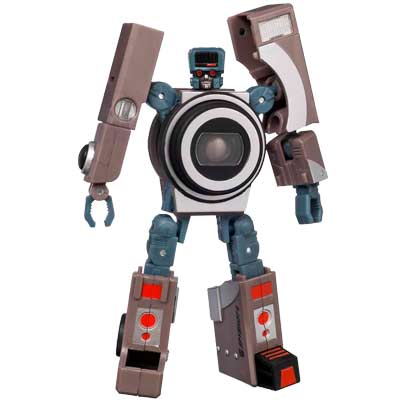
Cameras have become not just ubiquitous (they’re standard on just about any cell phone or computer) but powerful. And in the future they may be even more so, thanks to the emerging field of computational photography. This article in the NY Times describes several of the projects currently in the works in computational photography labs across the country, many of which rely on sophisticated mathematics to achieve their effects.
The article title is taken from the work of Ramesh Rankar at MIT. Dr. Rankar is pairing cameras with lasers in order to get a “picture” of objects that aren’t actually in the camera’s line of sight. The laser acts something like bat or dolphin sonar. To sketch an example, if a door to a room is partially open the laser will fire into the room beyond, bounce around, and of course scatter according to whatever objects are present in the room. As the article then says, “From the reflected light, as well as the room’s geometry and mathematical modeling, [Rankar] deduces the structure of the hidden objects. ‘If you modify your camera and add sophisticated processing,’ he said, ‘the camera can look around objects and see what’s beyond.'”
Much of the rest of the article describes the “Frankencamera” of Marc Levoy at Stanford. The camera has a number of different computationally-enabled features. To mention one:
Dr. Levoy and his group have also written applications showing the Frankencameras’ abilities. The Rephotography app, for instance, lets users take a photo in the exact spot where an earlier one was shot. “The camera guides you step by step, so that you mathematically find the exact same viewpoint,” said Professor Durand, who with colleagues created the original app.
These researchers’ abilities are currently somewhat limited by the proprietary nature of most cameras. You can’t write an app when you’re not allowed to mess with the camera’s software. But Nokia just opened the N900 smartphone to Dr. Levoy and his group, and in turn Dr. Levoy has just created the first graduate course in computational photography. More advances are certainly to come.